Description
Wireless Power Transfer Project
In this wireless power transfer (WPT) project, we demonstrate how electrical power can be transferred between two coils without any physical connection, demonstrating the principles of electromagnetic induction. This project is built using simple, readily available components and serves as an excellent introduction to wireless power concepts. This project is inspired by the groundbreaking work of Nikola Tesla. This model provides a practical experience to understand the concept of electromagnetism and wireless power transmission.
Project Components
1. Coils: Two coils with a 2.5-inch diameter are used—one for the transmitter (TX) side and one for the receiver (RX) side. Each coil has 20 turns of 22 SWG copper wire. These coils are crucial for creating and receiving the electromagnetic field required for wireless power transfer.
2. Transistor (2N2222): This NPN transistor acts as a low-power switch and oscillator, essential for generating the alternating current (AC) that powers the TX coil.
3. Resistor (470 ohm): This resistor controls the current flowing through the circuit, ensuring the transistor operates efficiently.
4. Power Supply (9V Battery): A 9V battery provides the DC power for the entire system, allowing the transmitter circuit to generate the required magnetic field.
5. LED Indicators:
1. Red LED: Connected on the TX side, the red LED indicates when the power is on, signaling that the transmitter is active.
2. Yellow LEDs: Two yellow LEDs are used on the RX side to indicate successful power transfer. When the receiver coil detects the electromagnetic field, these LEDs light up, confirming that power is being received.
Working Principle
This project is based on **electromagnetic induction**, a fundamental principle for wireless power transfer. When the TX coil receives current, it creates an alternating magnetic field around it. By placing the RX coil within this magnetic field, an alternating current is induced in the RX coil, enabling it to power the LEDs on the receiver side.
The 2N2222 transistor and 470-ohm resistor form an oscillator circuit that generates AC from the 9V battery’s DC supply. This AC current flows through the TX coil, creating a time-varying magnetic field. When the RX coil comes close to the transmitter’s magnetic field, it generates an induced current within the RX coil. This current powers the two yellow LEDs on the RX side, indicating successful power reception.
Step-by-Step Process
1. Powering the TX Coil: When the circuit is powered, the 2N2222 transistor oscillates due to the connected resistor, creating an AC signal. This AC current flows through the TX coil, generating an electromagnetic field around it.
2. Induction in the RX Coil: The RX coil, when placed near the magnetic field created by the TX coil, experiences an induced AC current due to electromagnetic induction. This current lights up the yellow LEDs on the RX side, signaling successful power transfer.
3. Visual Indicators: The red LED on the TX side shows that the transmitter is on and generating an electromagnetic field. The yellow LEDs on the RX side illuminate only when the receiver is within range of the TX coil’s magnetic field, providing a clear, visual indication of the wireless power transfer.
Key Considerations
The distance and alignment of the coils are crucial for efficient power transfer. Misalignment or increased distance between the coils reduces the magnetic coupling, weakening the power transfer and affecting LED brightness on the RX side.
Applications and Future Improvements
This project demonstrates a basic WPT system that can be adapted to wirelessly power small devices like LEDs or low-power sensors. Future enhancements could include using higher-frequency oscillators, more efficient transistors like MOSFETs, or improved coil design for greater power transmission over longer distances.
Practical Applications:
– Wireless charging for small gadgets.
– Powering low-energy devices and sensors.
By experimenting with this project, you gain hands-on experience in wireless power transfer technology, which can be the foundation for more advanced projects in the field.
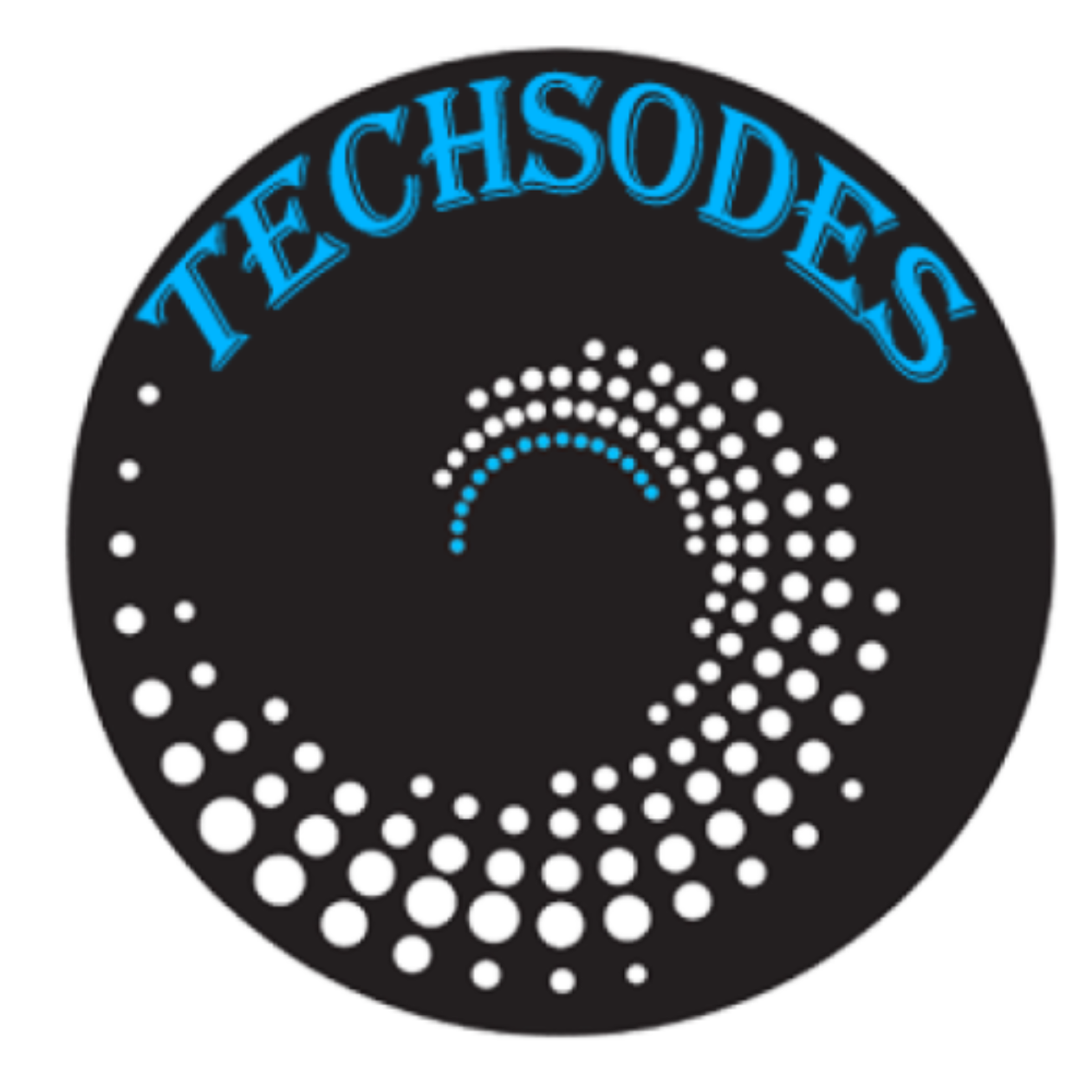
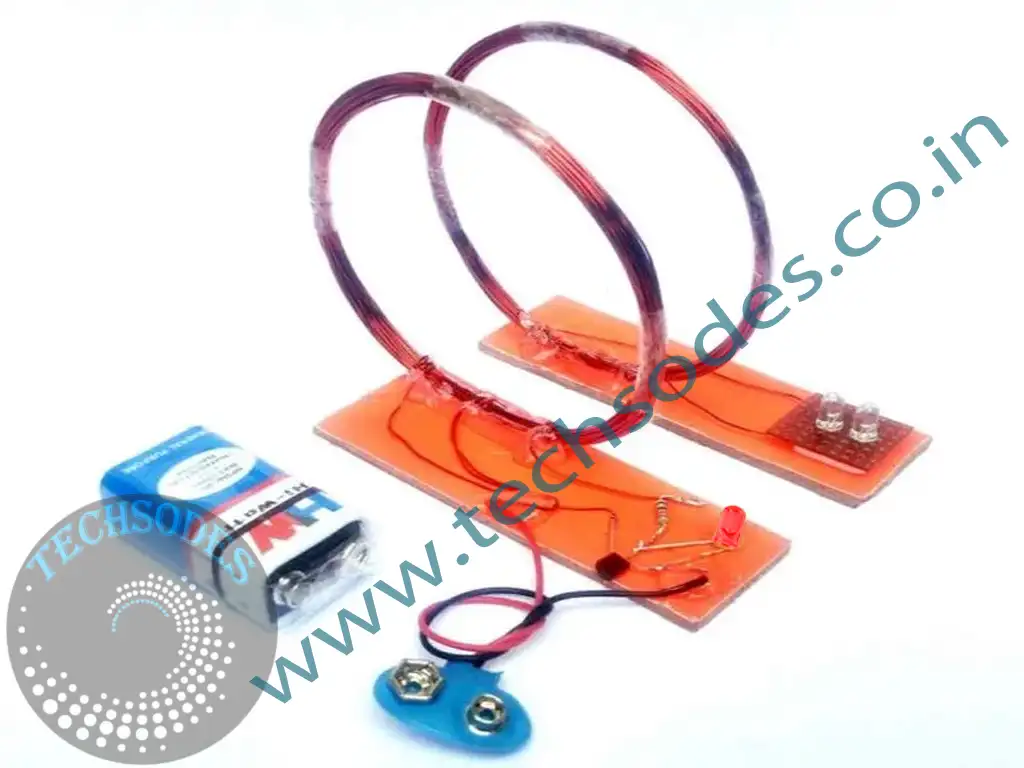

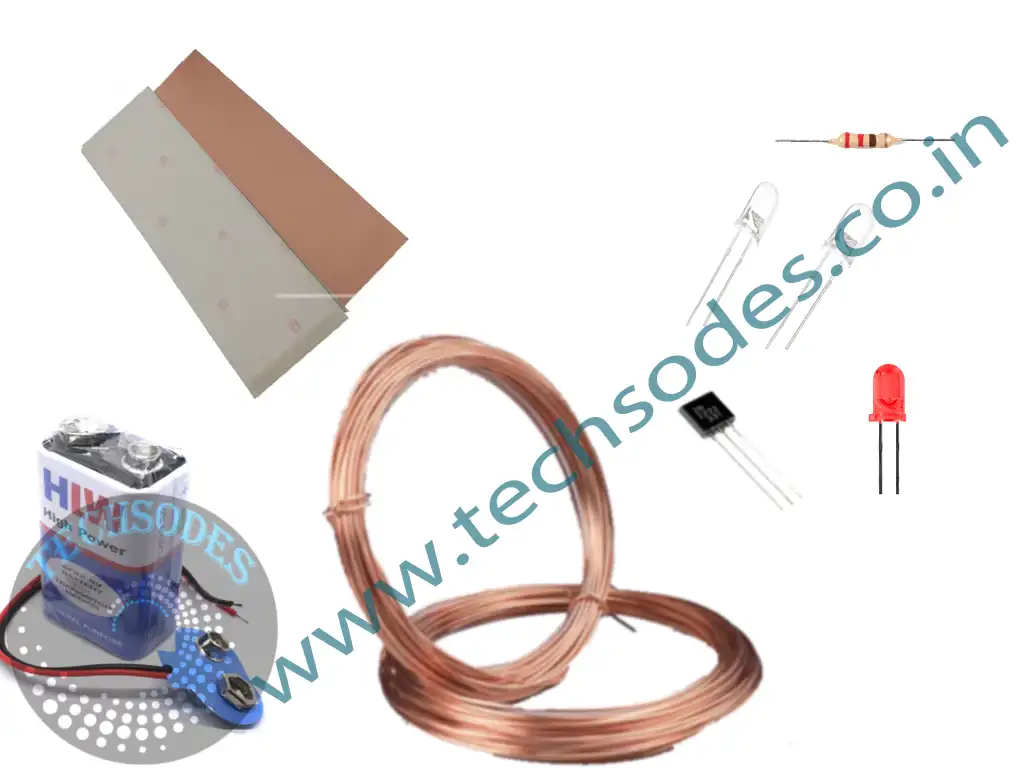
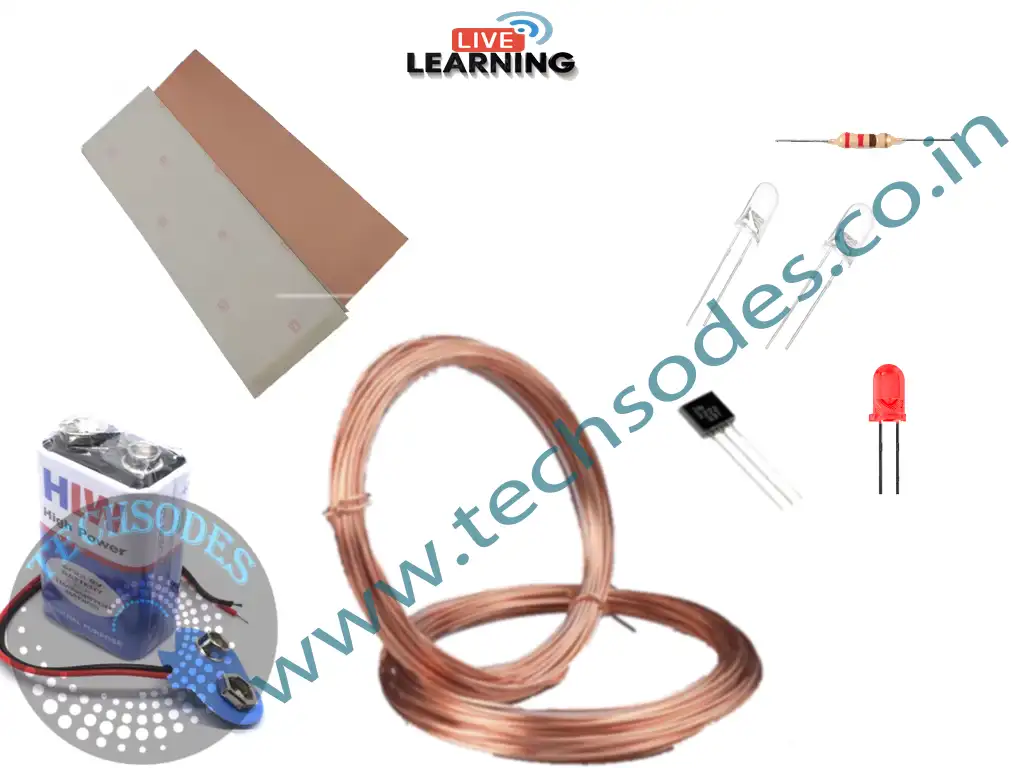







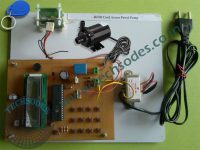

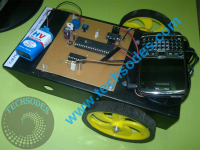

Reviews
There are no reviews yet.